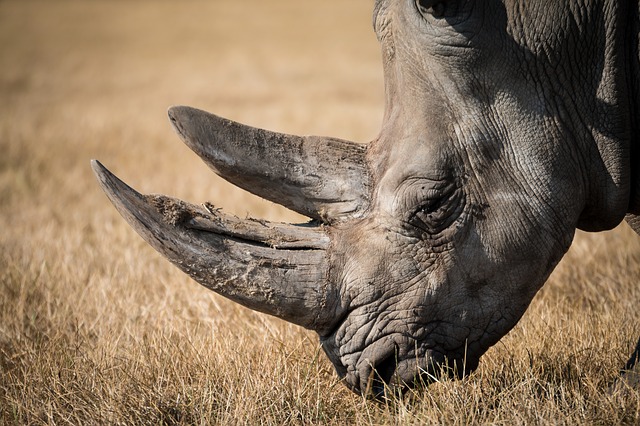When I was traveling into Vietnam’s most out-of-the-way pockets in 2005, reporting for National Geographic’s first travel book on Vietnam, I would ask my guides about sightings of the region’s most charismatic animals. Outside Kontum, gazing at the distant peak of Chu Mom Ray, my guide Nguyen Do Huynh, told me that 5-6 tigers were recently found living in the park. At Yok Don National Park, they told me tigers still prowled the lush lowland country, though none of these same guides had ever seen one, or any evidence of one. They had seen wild elephants, though. That, for me, was satisfaction enough.
I reported my thin intelligence to a World Wildlife Federation contact in Cambodia and he gave me the bad news: That Vietnam’s grasp of its wild elephants and wild tigers was unsustainable. They’d already given up on trying to carve out habitat within Vietnam and were focused instead on Cambodia where there was still a fighting chance to retain animals that had endured in those parts since time immemorial.
And then, of course, there was the Javan rhinocerous of Cat Tien National Park. When I visited, there were, reportedly, still 5-8 individuals living in the area. There’d been live sightings, and in 1989, locals had gone out to see a newborn wallowing in a mudhole. The second largest land animal after the elephant, the rhinocerous was, for me, the most fascinating of all the animals, partly because it was on the verge of extinction in Vietnam.
And now, since April of 2010, it is. But Vietnam is not done with the rhinocerous. As most within Vietnam know, there’s an insatiable demand for rhino horn as a cure for cancer. Rhino horn is no more effective in the fight against cancer than fingernails: They’re basically made of the same thing – keratin. Science is conclusive on rhino horn as a cure — it’s not — but some ideas die hard, and this is one of them.
It’s not good for the hoodwinked, struggling with cancer, and it’s no good for Vietnam’s hospitality industry. In this month’s issue of Conde Nast Traveler, one of North America’s two most significant travel magazines, there is a special report on rhino horn. Every month, I look for reference to Vietnam in this magazine, and this month I had to cringe. Instead of there being another story on a great new resort or an up and coming destination, one of the world’s most influential travel magazines pegged Vietnam as the principal driver of demand for rhino horn.
“This current poaching spike,” the magazine reports, “which follows years of relative calm, began in 2008 after a Vietnamese government official claimed to have been cured of cancer after taking rhino horn.”
There are moves afoot at the moment to legalize the trafficking in rhino horn, if only to satisfy the market demand and bring the incidence of poaching down to manageable levels.
Let’s hope the solutions come sooner rather later, for the sake of the rhino and for the sake of Vietnam’s reputation. Opening the pages of Conde Nast Traveler is a lot more fun when we’re looking at pictures of resorts like Bai Tram and Nam Hai than it is when we have to look at the horribly disfigured visage of a white rhinocerous.



